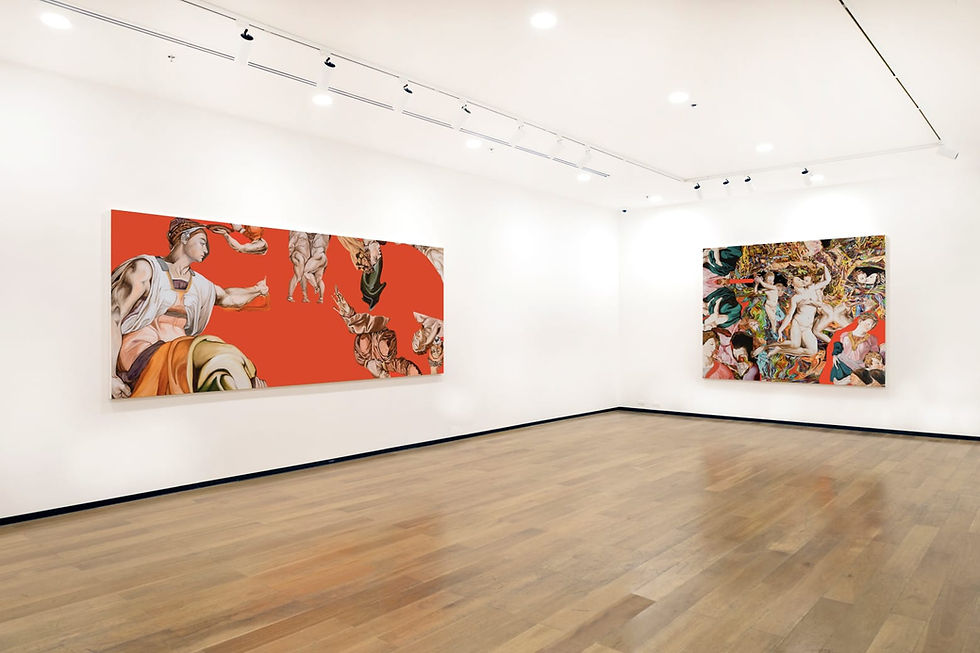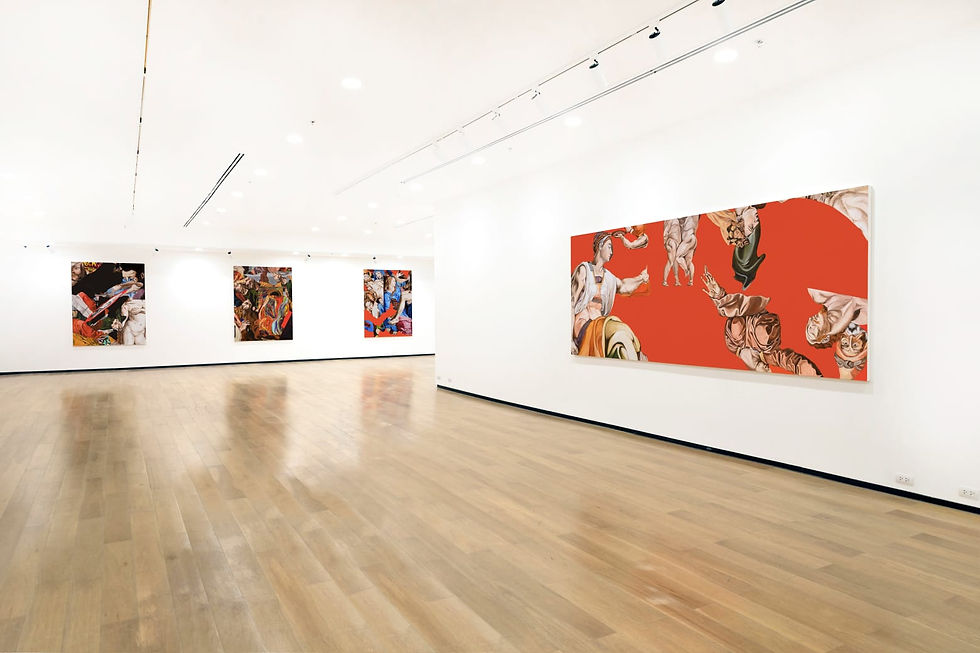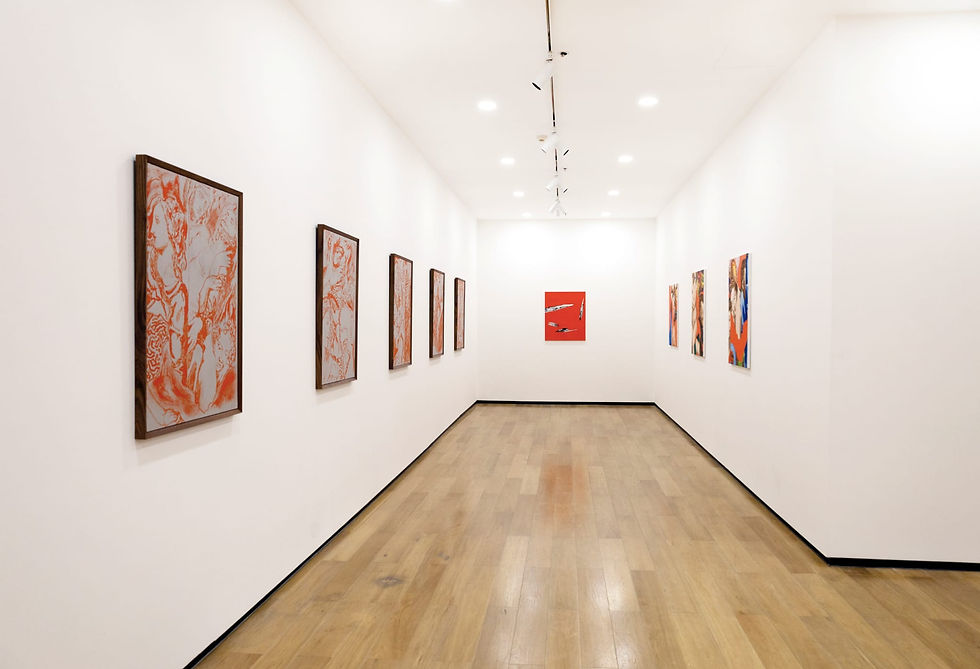Will the image survive the future? Walking through Alessandro Giannì's works conceived for his solo exhibition at Tang Contemporary Art in Bangkok, this question arises like a distant echo, a faint voice that resurfaces as if fixed in time, as if asked by a past that is still alive. Of this still-living past, the first to give trace of it are the subjects Giannì portrays: excerpts of subjects from Renaissance paintings live on and merge into utterly new forms and vivid, contemporary colors. They are recognizable and at the same time unrecognizable, familiar subjects and at the same time undefinable. They stand out against vivid backgrounds or seem to merge into multicolored cascades. They are parts of bygone works that in Giannì's canvases have lost their author, although endlessly quoting him.
In this whirlwind of images, the artist perhaps finds the opening to break into obscurity. However, he does so by making use of a collaboration with an unusual assistant, namely "Vasari," an artificial intelligence designed by the artist himself and which helps produce the compositional part of the image. This AI is created specifically by the artist and is capable of digitally emulating his way of composing images, before they become paintings. In this sense the AI operates as a Renaissance assistant, able to digitally process visual compositions as the artist imagines them.
The AI was named after Giorgio Vasari with intent - the first and greatest biographer of visual artists, who narrated the lives of the most illustrious painters, sculptors and architects from 1200 to 1500 in Florence, encapsulating them all in a time. In Giannì's hands this great time feels as if it has been shaken, its contents blended, pulled out after centuries and tossed, only to be fished out of the great digital magma.
And it is in this momentum toward a hypothetical future of Artificial Intelligence we return to painting, to the necessity of the pictorial gesture.
Giannì's works are therefore the testimony of the image of its becoming in time and space. The pictorial surface carries with it the memory of the original works and their digital passage. The two aspects mix, until they produce a new image, a new scenario where light bursts in revealing vibrant colors.
Taking us back to answering the question posed at the beginning, Giannì seems to narrate a world that has survived a hypothetical apocalypse where images remain, suspended in time, divided or rediscovered with only the memory of themselves.
 Whispered MemoriesOil on canvas 150 x 150 cm 2023 |  UntitledOil on canvas 100 x 70 cm 2023 | 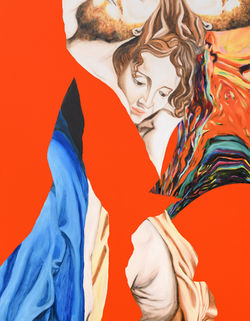 UntitledOil on canvas 90 x 70 cm 2023 |
|---|---|---|
 UntitledOil on canvas 100 x 70 cm 2023 | 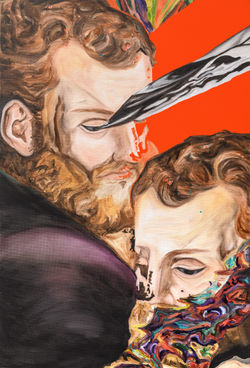 UntitledOil on canvas 56 x 38 cm 2022 |  The Void Devours TimeOil on canvas 150 x 374 cm 2023 |
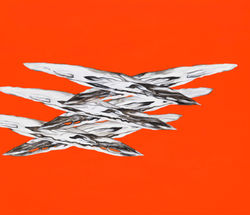 The Gaze of HansOil on canvas 120 x 140 cm 2021 |  The Eye Pierces the DarknessOil on canvas 198 x 150 cm 2023 | 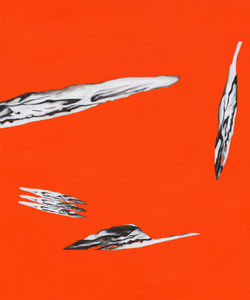 The Gaze of HansOil on canvas 88 x73 cm 2021 |
 Glowing Image of TruthOil on canvas 150 x 198 cm 2022 | 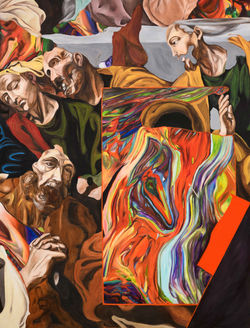 Haunting EchoesOil on canvas 198 x 150 cm 2023 |  Breaking DarknessOil on canvas 250 x 200 cm 2022 |
 Beyond MemoryOil on canvas 149 x 115 cm 2022 |  Before It Fades AgainOil on canvas 198 x 150 cm 2022 |  Whispered MemoriesMixed media on paper 100 x 70 cm 2023 |
 Glowing Image of TruthMixed media on paper 100 x 70 cm 2023 |  Haunting EchoesMixed media on paper 100 x 70 cm 2023 | 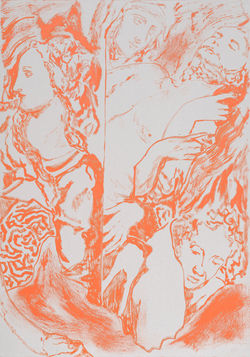 Before it Fades AgainMixed media on paper 100 x 70 cm 2023 |
 Breaking DarkessMixed media on paper 100 x 70 cm 2023 |
Artist

Alessandro Giannì
b. 1989
Alessandro Giannì born in 1989 is an Italian artist based in Rome, Italy. The artist graduated from Accademia Belle Arti di Rome, Italy in 2011. In his work he collects aesthetic fragments from the web with the intention of giving them a new existence. In his artworks the analogical practice of painting merges with the use of new media, with the Internet and digital culture, investigating the connections between the digital universe, parallel universes, and the dreamlike introspective world of human beings. In his research there are different types of works, both of a traditional nature (painting, drawing and sculpture), and of a technological nature (AI, VR, video, animation, 3D printing). In 2019 Alessandro created “Vasari”, an artificial intelligence which is able to emulate his creative and conceptual process and assist him in composing sketches. In 2020 he was one of the founders of Spaziomensa, an artist-run space created to enhance the Roman artistic ferment. Artist selected exhibition including: Spring Break Art Show, double solo show with Agata Bebecka, Los Angeles, USA, 2023; Contest #3, double solo show with Cristallo, Struttura, Palazzo Odescalchi, Rome, Italy,2022; Due to the Image, Postmasters Gallery, New York, USA, 2021; II, double solo show with Lulù Nuti, Spaziomensa, Rome, Italy, 2021; Questa Razza Di Diavoli Non Conosce Regole!, Maker Faire, European Edition L’apocalisse Dell’ora, curated by Lorenzo Gigotti, Albumarte, Rome, Italy, 2019; Messinscéna, curated by Numero Cromatico, Pastificio Cerere, Rome, Italy, 2019.
Curator

Giuliana Benassi
b. 1984
She is an independent curator and art historian based in Rome. Her undergraduate degree is in Art History from the University of Pisa. Her curatorial focus is on exhibitions that feature site-specific works which reexamine unconventional spaces. She teaches at Academy of Fine Arts in Rome and at Istituto Pantheon of Milan and she teaches at IED (European Institute of Design), international Master in “Curatorial Practice” 2020-22. She is Art Advisor of American Academy in Rome. She is co-founder and director of the project There Is No Place Like Home which was awarded the Artribune Prize for Contemporary Art in 2017. She is curator of the art residency “Ritratto a mano”. She is editor of the Italian art publications Rivista Segno and Exibart. She has collaborated with different institutions, galleries and associations among which Museo Laboratorio della Mente, Swiss Institute in Rome, Tang Contemporary Art, Hong Kong, Galleria Mazzoli Berlin-Rome; Post Ex, Materia, artQ13 Rome; Fondazione Lac o Le Mon Lecce; MAMbo Bologna; Italian Cultural Institute London, Nancy Toomey Gallery, San Francisco. She has also edited with many international publishers such as Silvana Editoriale, NERO, Viaindustriae, Palombi, among others.

Michela Sena
b. 1976
Michela Sena is a Rome-Bangkok-based curator and art critic. Her research relates partly to the potential of global language and the relationship and dialogue between contemporary artists coming from different territories. After she graduated in museology and art history at Roma Tre University and got a Chinese language degree at SISU Shanghai Foreign Studies University, she was Director of Primo Marella Gallery Beijing and Director of Tang Contemporary Art Bangkok. She curated a wide number of shows proposing a punctual snapshot of contemporary art research, developing in recent years a focus on Chinese and southeast Asian art.

